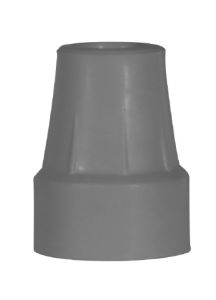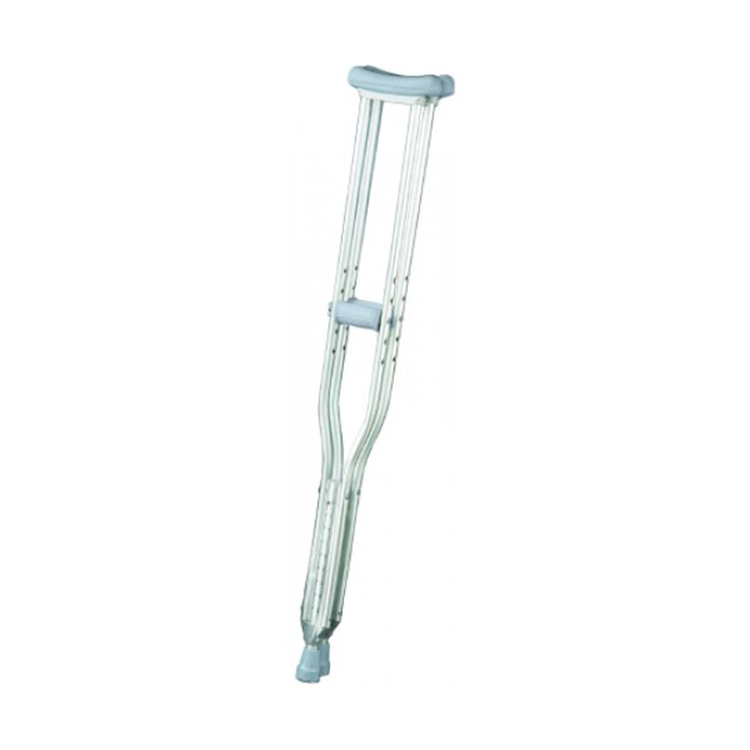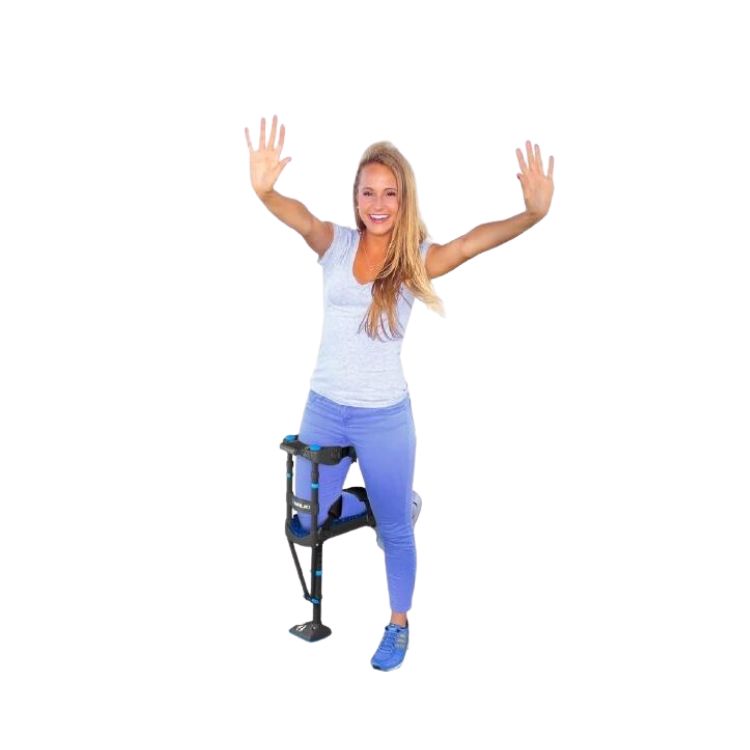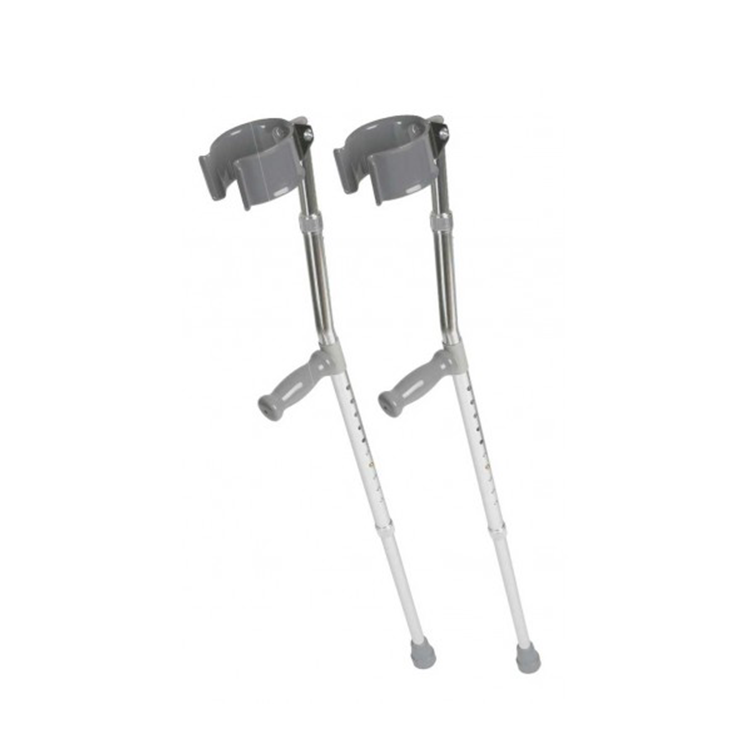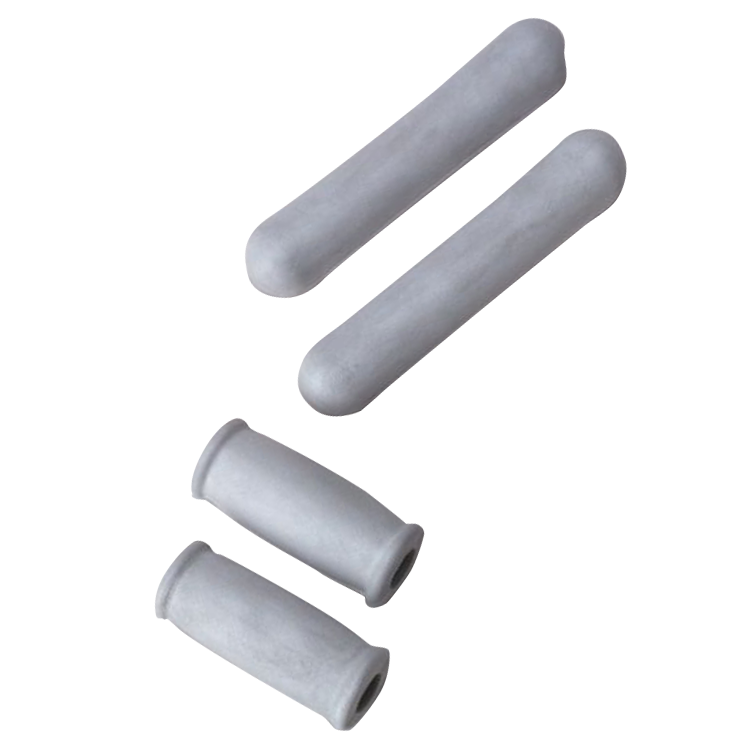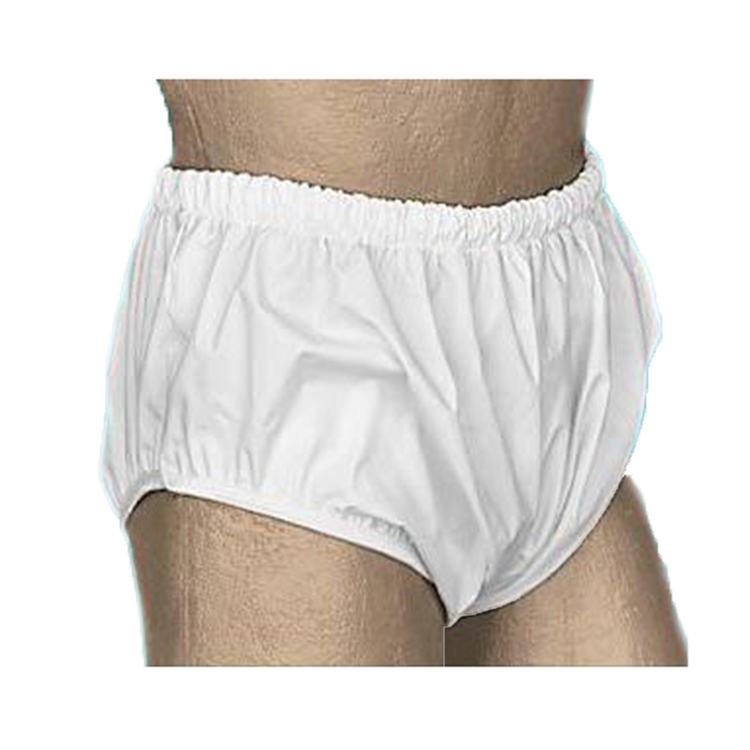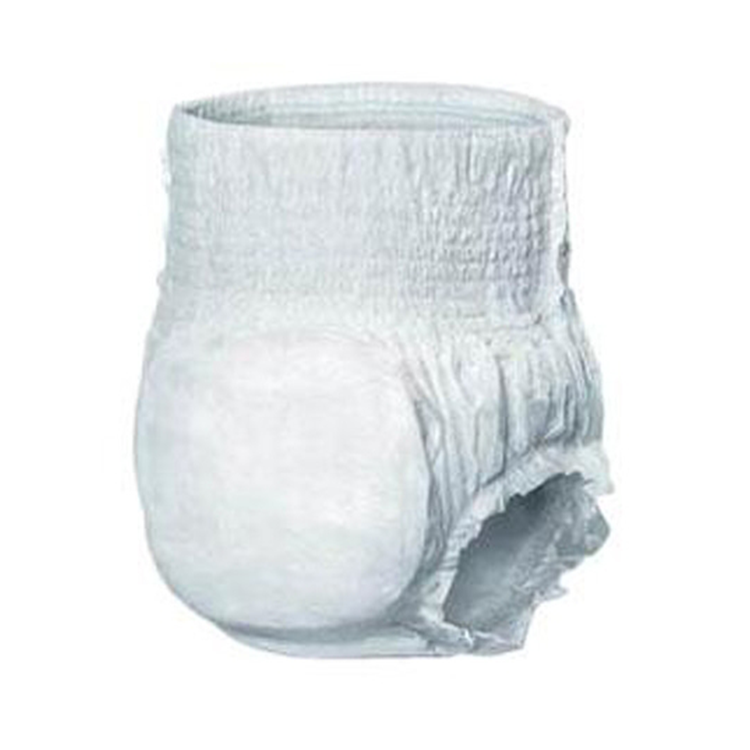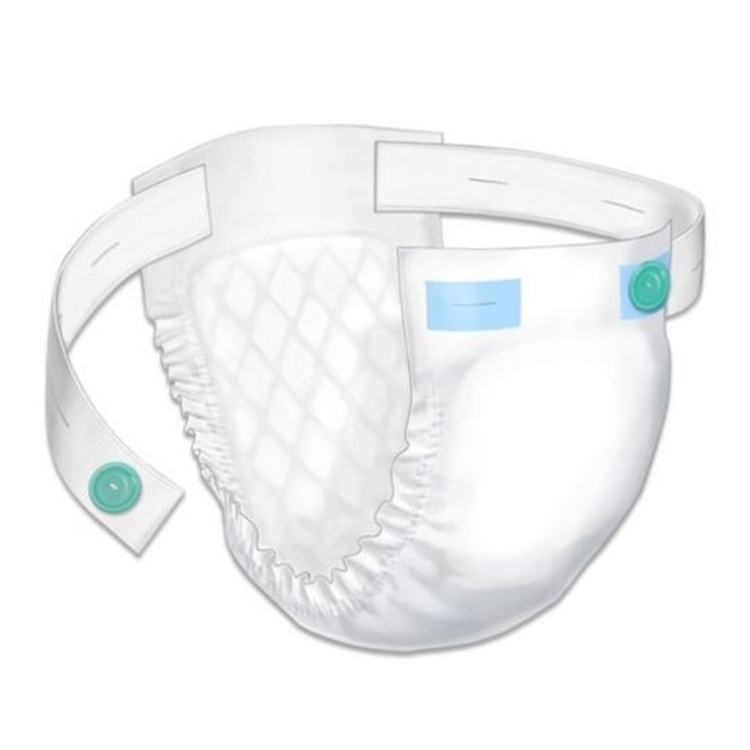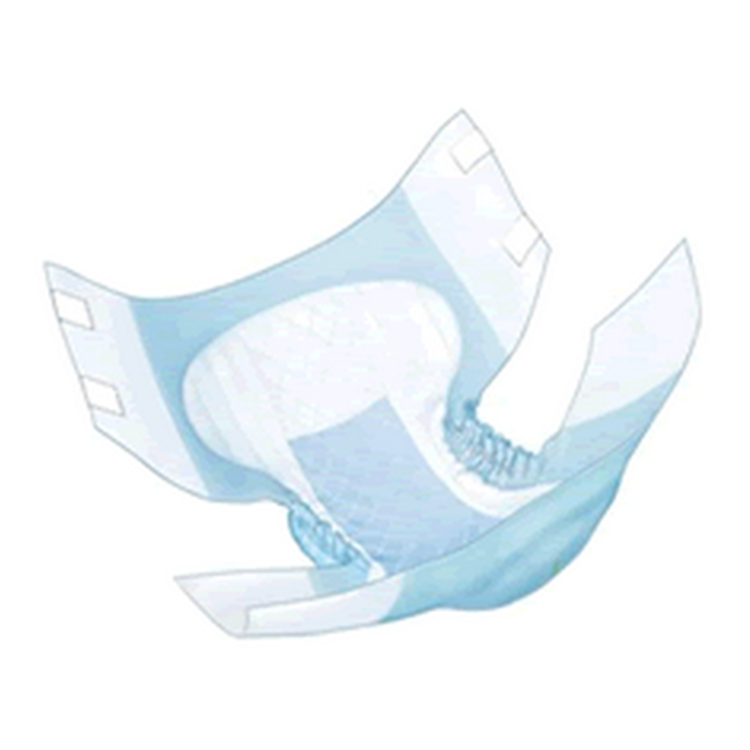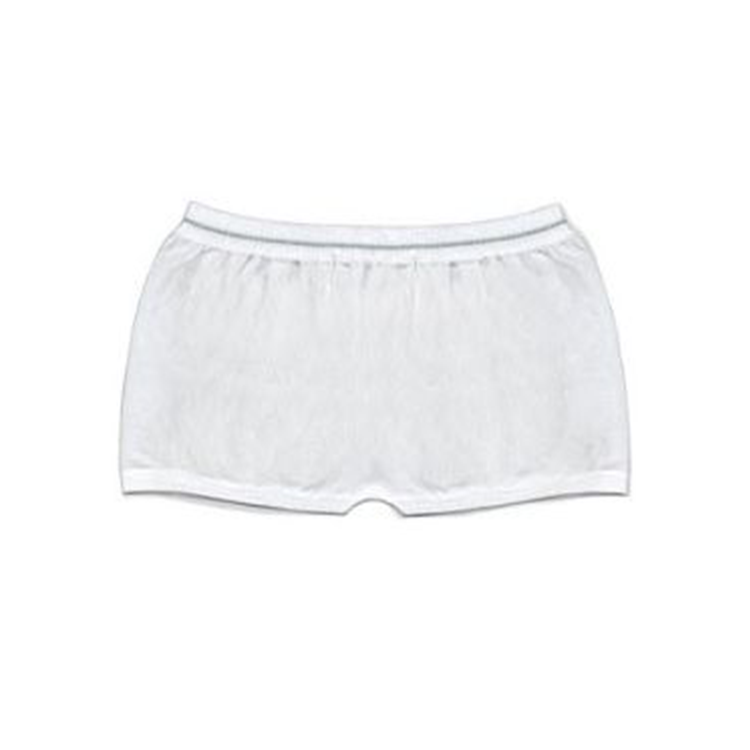Tip #1: Choose the Right Crutch Size
When selecting a crutch, it is important to choose the right size. The crutch should be adjusted so that the top of the crutch is about 4 inches below the armpit. The handgrips should be at a comfortable height, and the elbow should be slightly bent when the crutch is in use. If the crutch is too short, it can cause strain on the arms and shoulders. If it is too long, it can cause instability.
Tip #2: Wear the Right Shoes
When using crutches, it is important to wear the right shoes. Shoes should be comfortable and provide good support. Shoes with a low heel and good arch support are best. Avoid wearing sandals, flip-flops, or any other type of shoe that does not provide good support.
Tip #3: Use Proper Technique
When using crutches, it is important to use proper technique. The crutches should be held close to the body, and the arms should be bent slightly. The crutches should be moved in a smooth, even motion. When going up stairs, the crutches should be placed on the step first, followed by the injured leg. When going down stairs, the injured leg should be placed on the step first, followed by the crutches.
Tip #4: Take Breaks
When using crutches, it is important to take breaks. Crutches can be tiring to use, and it is important to rest the arms and shoulders periodically. Taking breaks will help to prevent fatigue and reduce the risk of injury.
Frequently Asked Questions (FAQ's)
Q: What are some tips for using crutches?
A: When using crutches, it is important to keep your body weight evenly distributed between both crutches and your good leg. Make sure to keep your elbows bent at a 90-degree angle and your arms close to your body. Additionally, it is important to take short steps and to keep your crutches slightly ahead of your feet.
Q: How do I know if my crutches are the right size?
A: When selecting crutches, it is important to make sure they are the right size for your body. To do this, stand up straight and have someone measure the distance from your armpit to the floor. This measurement should be the same as the crutch height.
Q: What should I do if I experience pain while using crutches?
A: If you experience pain while using crutches, it is important to stop and adjust the crutches. Make sure the crutches are the right size and that your body weight is evenly distributed between the crutches and your good leg. Additionally, it is important to take frequent breaks and to avoid overusing the crutches.
Q: How can I prevent falls while using crutches?
A: To prevent falls while using crutches, it is important to take short steps and to keep your crutches slightly ahead of your feet. Additionally, it is important to keep your elbows bent at a 90-degree angle and your arms close to your body. Make sure to also avoid uneven surfaces and to use caution when going up and down stairs.








